Norwegian Potato Lefse
By Alqualonde
Lefse is a humble sort of flatbread, made as it is from leftover mashed potatoes. Work in a little flour, roll it out flat, and cook it on the stovetop for dinner! This makes a thin and soft flatbread that's more substantial than a crêpe but more delicate and chewy than a flour tortilla.
Ingredients
- You can substitute two cups of leftover mashed potatoes for the mashed potatoes in this recipe.
- 1 pound starchy or all-purpose potatoes
- 1/4 cup unsalted butter, room temperature
- 1/4 cup heavy cream
- 1/2 teaspoon of salt, plus more to taste
- 1 - 1 1/2 cups all-purpose flour
Details
Preparation
Step 1
For serving: butter, cinnamon-sugar, jam, peanut butter, cream cheese, cold cuts, cheese slices, gravlax, or any other topping your inner Norwegian desires
Peel the potatoes and cut them into large, uniformly-shaped chunks. Place in a small saucepan and cover with cold water. Over medium-high heat, bring the water and the potatoes to a gentle boil. Cook until the potatoes are very soft and easily pierced with a fork, 10-12 minutes from the start of the boil. Drain the potatoes and transfer to a mixing bowl.
Using a potato masher, potato ricer, or a dinner fork, mash the potatoes as thoroughly as possible; you don't want any lumps. Cut the butter into small chunks and mix it with the potatoes. Add the cream and salt. Keep mixing until the butter and cream are completely absorbed. Taste and add more salt if desired.
Transfer the potatoes to a storage container and refrigerate overnight or up to three days.
When ready to make the lefse, clear a large workspace for dividing and rolling out the flatbreads. Lefse are traditionally made with grooved wooden rolling pins, but a standard rolling pin will do the job just fine. A pastry scraper or sturdy spatula for lifting and transferring the rolled-out flatbreads is also handy.
Mix the mashed potatoes with 1 cup of the flour. At first this will be very crumbly and floury, but the mixture will gradually start coming together. Turn the dough out on the counter and knead once or twice to bring it together into a smooth ball. Roll it into a thick log and then divide it into 16 equal portions for small 6-8" lefse or 8 equal portions for large 10-12" lefse.
Roll each portion of dough between your palms to form a small ball. Cover all the balls with a clean dishtowel off to one side of your workspace.
Set a cast iron skillet or flat grill pan over medium-high heat. When a bead of water sizzles when flicked on the pan, it's ready.
Dust your workspace and rolling pin lightly with flour. Roll one of the rounds of dough in the flour and then press it into a thick disk with the heel of your hand. Working from the center out, roll the dough into as thin a circle as you can manage. Lift, move, and flip the dough frequently as you work to make sure it's not sticking. Use more flour as needed.
Roll the lefse gently onto the rolling pin, as if you were transferring pie dough, and lay it in the skillet. Cook for 1-2 minutes on each side until speckled with golden-brown spots. Transfer the cooked lefse to a plate and cover with another clean dish towel.
While one lefse is cooking, roll out the next one. Keep all the cooked lefse under the towel to keep them warm and prevent them from drying out. If the lefse start to stick to the pan, melt a small pat of butter in the pan and wipe it away with a paper towel to leave only a very thin coating of fat on the pan.
Spread the lefse with your topping of choice and roll it up to eat. Leftover lefse can stacked with wax paper between the layers to prevent sticking and kept refrigerated for up to a week or frozen for three months. They can be eaten cold from the fridge or warmed for a few seconds in the microwave.
You'll also love
-
 CHEESEBURGER TEX-MEX BACON
4.5/5
(20 Votes)
CHEESEBURGER TEX-MEX BACON
4.5/5
(20 Votes)
-
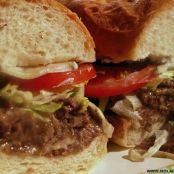 Parasol’s Style Roast Beef Po...
4.1/5
(32 Votes)
Parasol’s Style Roast Beef Po...
4.1/5
(32 Votes)
-
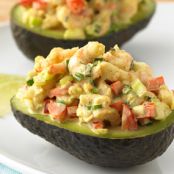 Curry Shrimp Salad Stuffed Avocados
4.1/5
(45 Votes)
Curry Shrimp Salad Stuffed Avocados
4.1/5
(45 Votes)
-
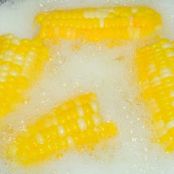 Butter Boiled Corn
4.1/5
(45 Votes)
Butter Boiled Corn
4.1/5
(45 Votes)
-
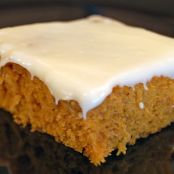 PUMPKIN SHEET CAKE WITH CREAM...
4.4/5
(27 Votes)
PUMPKIN SHEET CAKE WITH CREAM...
4.4/5
(27 Votes)
-
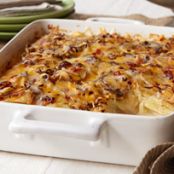 Crowd Pleasing Scalloped Potatoes
4.2/5
(38 Votes)
Crowd Pleasing Scalloped Potatoes
4.2/5
(38 Votes)
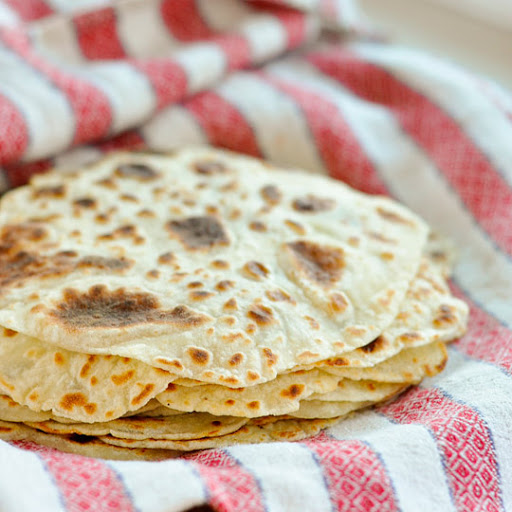
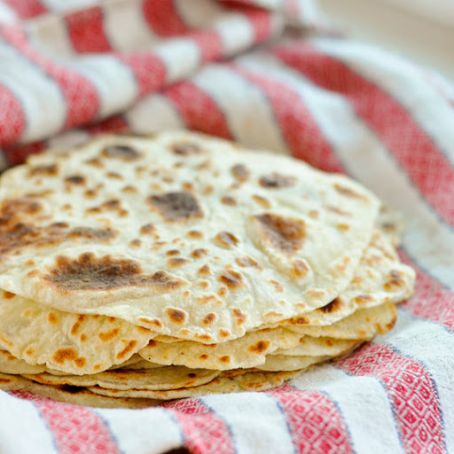
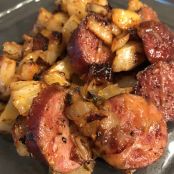

Review this recipe